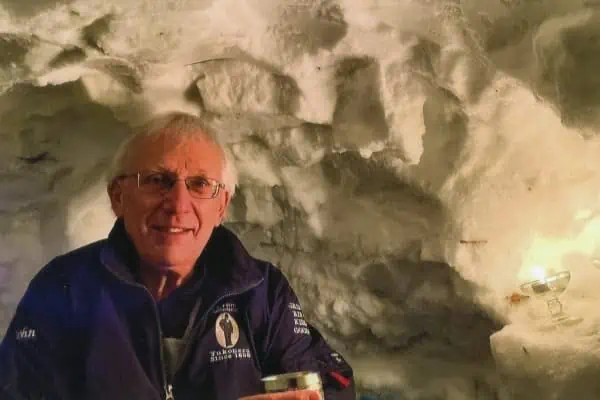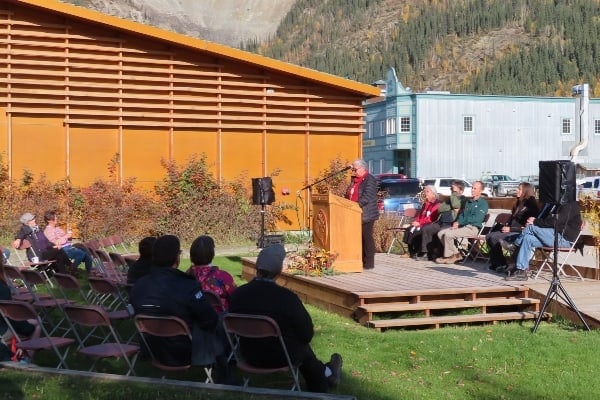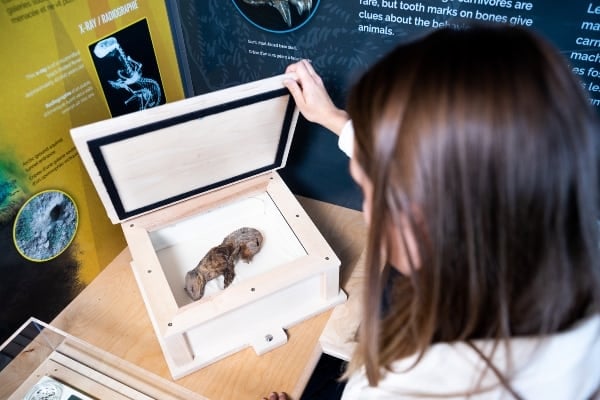You wouldn’t think a person could go ghost hunting in the middle of the day in the middle of summer, but MacBride Museum offers six to 12-year-olds a chance to do just that from August 14 to 18.
“To hunt ghosts, and tell Yukon ghost stories, you need the historical perspective,” says Angela Drainville, manager of museums programs and development. “There’s a quest involved in creating the story and working in the extra elements unique to ghosts.”
The popular camp fosters research and “encourages kids to be unique” with plenty of fresh air, play and physical activities. It takes place at the Whitehorse Copper Mine site and the Copperbelt Railway and Mining Museum, located two kilometres north of Two Mile Hill on the Alaska Highway.
This year’s theme commemorates the 100th anniversary of the Pueblo Mine Cave-in at Whitehorse Copper Mine. “It’s the first time the disaster has been incorporated in the program,” says Drainville.
Actual events reveal plenty of real life ghosts of our past.
Between 1906 and 1917 the Atlas Mining Company’s Pueblo deposit produced 150,000 tons of copper-silver ore. Respected mining columnist Jane Gaffin (1942-2000) compiled her knowledge in a document titled “A Glimpse at the Whitehorse Copperbelt”. In it she wrote: “The Pueblo was a ‘wet mine.’ The ground, soft and difficult to hold, was taking on 500 to 600 gallons per minute. At noon on Wednesday, March 21, 1917, the mine collapsed. Nine men were trapped 300 feet underground.
Seven hours later, after one failed rescue attempt, the rescue operation turned to drilling 85 feet of solid granite. For 72 non-stop hours teams tore into the granite at a record speed of one foot an hour.”
Gaffin’s research compiled in “A Glimpse at the Whitehorse Copperbelt” continues: “Early Saturday morning they broke into the prospect drift where the three survivors had listened for the past 24 hours to the staccato of steel biting into rock.”
Freed after 86 hours underground, the miners were rushed to hospital.
A memorial plaque, organized by miner Ed Andre in 2001, honours the men trapped underground. And mine safety improved. In the aftermath of the disaster, debate ceased about the need for worker’s compensation in the territory and on April 24, 1917, assent was given to the Yukon’s first Work[men’s] Compensation Ordinance.
Drainville is taking the opportunity to introduce personal protective equipment and underground rescue packs to the campers with hands-on safety activities.
“Parents appreciate having their children learn,” she adds.
Drainville advises ghost hunters to “Get a good night’s rest. Wear appropriate footwear and clothing for the weather and bring sunscreen, water and a lunch to camp.”
With the “perfect location of the Copperbelt Museum and the museum’s capable staff, we hope kids will have a great camp experience.”
To register your aspiring ghost hunter, call 667-2709, ext. 4 or contact [email protected]. Camp runs from 9 a.m. to 4 p.m. and costs $160 per member, $200 non-member.
The Copperbelt Railway and Mining Museum is located at 91928 Alaska Highway in Whitehorse.




